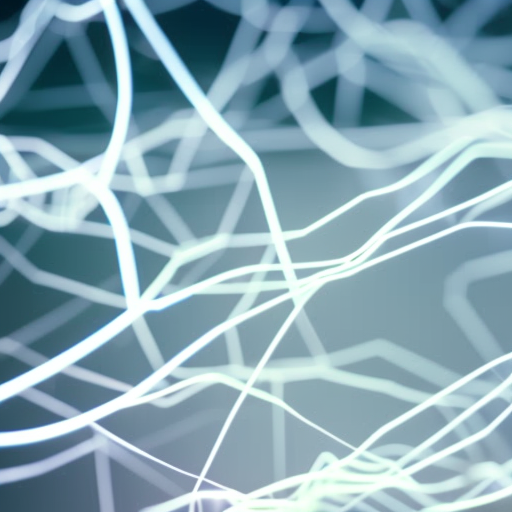Summary:
Brain stimulation is a technique that involves the use of electrical or magnetic fields to modulate brain activity. It has gained significant attention in recent years due to its potential applications in treating various neurological and psychiatric conditions. There are several methods of brain stimulation, including transcranial magnetic stimulation (TMS), transcranial direct current stimulation (tDCS), and deep brain stimulation (DBS). These techniques have shown promise in improving cognitive function, treating depression, reducing chronic pain, and managing movement disorders such as Parkinson’s disease. However, further research is needed to fully understand the mechanisms of brain stimulation and optimize its therapeutic potential.
Transcranial Magnetic Stimulation (TMS):
Transcranial magnetic stimulation (TMS) is a non-invasive brain stimulation technique that uses magnetic fields to induce electrical currents in specific regions of the brain. It involves placing a coil near the scalp, which generates magnetic pulses that penetrate the skull and stimulate the underlying brain tissue. TMS has been used to treat depression, with some studies showing significant improvement in depressive symptoms. It has also shown promise in the treatment of other conditions such as schizophrenia, obsessive-compulsive disorder (OCD), and chronic pain.
Transcranial Direct Current Stimulation (tDCS):
Transcranial direct current stimulation (tDCS) is another non-invasive brain stimulation technique that involves applying a weak electrical current to the scalp. This current modulates the excitability of neurons in the targeted brain area. tDCS has been studied for its potential to enhance cognitive function, improve learning and memory, and treat various neurological and psychiatric disorders. While the exact mechanisms of tDCS are not fully understood, it is believed to influence neuronal activity and synaptic plasticity.
Deep Brain Stimulation (DBS):
Deep brain stimulation (DBS) is a surgical procedure that involves implanting electrodes into specific regions of the brain. These electrodes deliver electrical impulses to modulate abnormal brain activity associated with conditions such as Parkinson’s disease, essential tremor, and dystonia. DBS has shown remarkable success in managing motor symptoms and improving quality of life in patients with Parkinson’s disease. It is also being investigated as a potential treatment for psychiatric disorders such as major depressive disorder and obsessive-compulsive disorder.
Applications and Future Directions:
Brain stimulation techniques have the potential to revolutionize the treatment of various neurological and psychiatric conditions. They offer a non-invasive or minimally invasive alternative to traditional pharmacological interventions. However, there are still several challenges and limitations that need to be addressed. These include optimizing stimulation parameters, identifying the most effective target regions, and understanding the long-term effects of brain stimulation. Additionally, individual variability in response to brain stimulation remains a significant factor to consider.
In the future, brain stimulation techniques may be further refined and personalized to maximize their therapeutic benefits. Advances in neuroimaging and neurophysiological techniques will likely contribute to a better understanding of the underlying mechanisms and enable more precise targeting of brain regions. Furthermore, the combination of brain stimulation with other treatment modalities, such as cognitive training or pharmacotherapy, may enhance its efficacy.
In conclusion, brain stimulation techniques, including TMS, tDCS, and DBS, hold great promise for the treatment of various neurological and psychiatric conditions. They offer a non-invasive or minimally invasive approach to modulating brain activity and have shown positive results in improving cognitive function, treating depression, reducing chronic pain, and managing movement disorders. However, further research is needed to fully understand the mechanisms of brain stimulation, optimize stimulation parameters, and determine the long-term effects. With continued advancements in this field, brain stimulation may become an integral part of clinical practice in the future.












